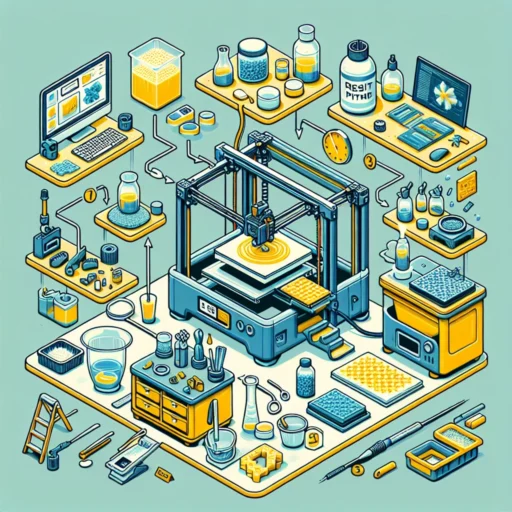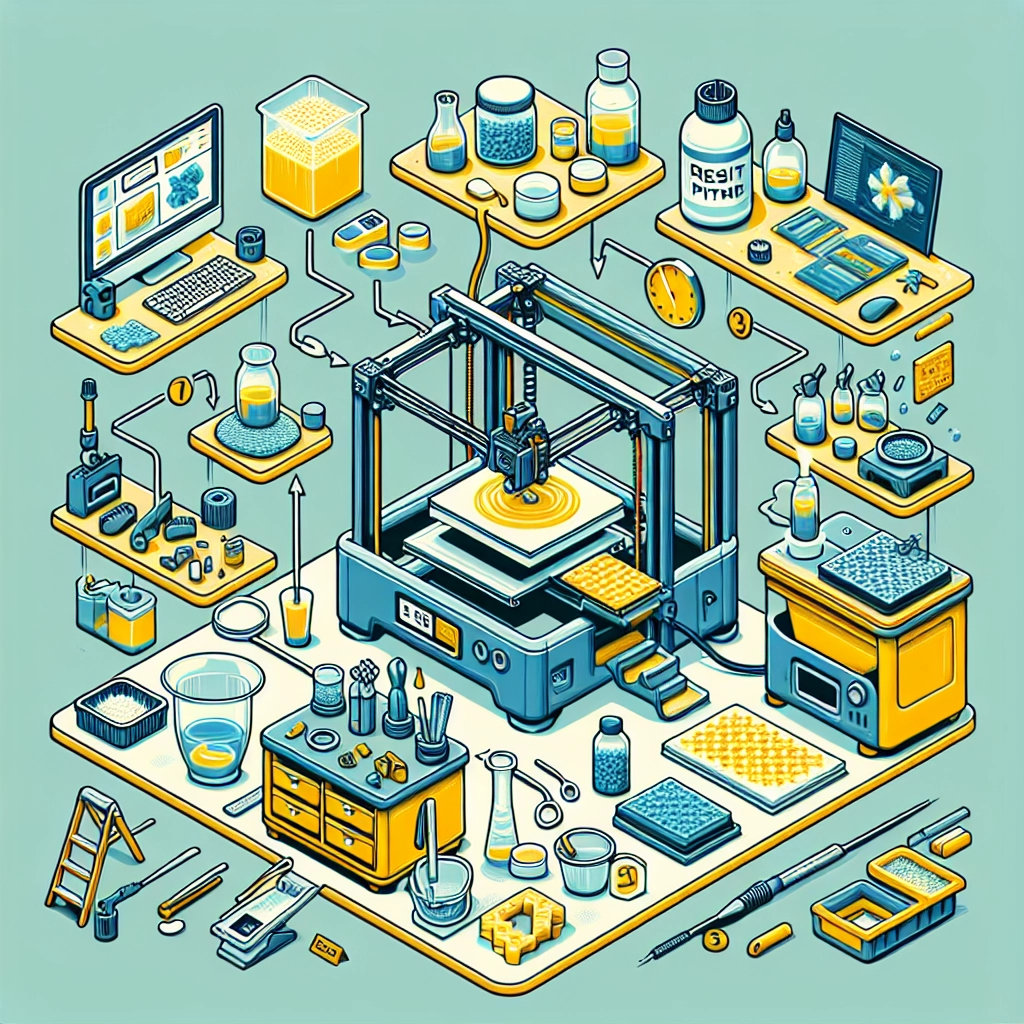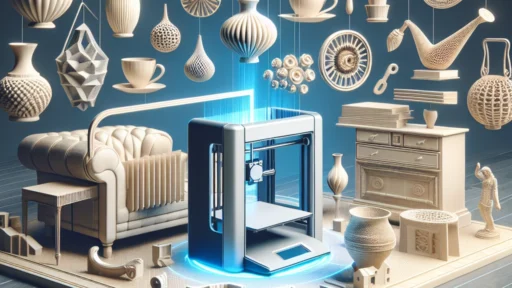How to Get Started with Resin 3D Printing
If you’ve been bitten by the 3D printing bug and are dreaming of creating highly detailed, smooth designs, then resin 3D printing might be exactly what you’re looking for. It’s an exciting process that can produce stunning results, but it also comes with its own set of challenges and considerations. Don’t worry, though! We’re here to help guide you through the basics of getting started with resin 3D printing.
What is Resin 3D Printing?
Resin 3D printing, or stereolithography (SLA), is a 3D printing process that uses a liquid resin cured by a UV light source. Unlike filament-based 3D printing, which extrudes thermoplastic materials layer by layer, resin systems build up objects layer by layer using light. The result? A smoother, crisper finish that can capture intricate details—a heaven for creators and hobbyists alike.
Choosing the Right Printer
The first step in your resin adventure is to choose the right printer. There are several options available, from budget-friendly desktop models to high-end professional systems. Popular models like the Anycubic Photon and the Elegoo Mars are great for beginners due to their affordability and compact size. When selecting a printer, consider your budget, the build volume you’ll need, and the types of projects you want to work on.
Essential Supplies
Along with your printer, you’ll need to gather some essential supplies:
-
Resin: There are many types of resin available, each with unique properties. Standard resin is good for general-purpose printing, while others, like tough resin or flexible resin, can cater to specific projects. Always check compatibility with your printer.
-
Build Platform: Most printers come with one, but ensure it’s leveled correctly for a successful print.
-
Protective Gear: Safety should be a top priority! Wear gloves and goggles when handling resin, as it can be irritating to the skin and eyes.
-
IPA (Isopropyl Alcohol): You’ll use this for cleaning your prints and your tools.
-
Containers for Wash and Curing: After your print has been created, it needs to be cleaned and cured. A small ultrasonic cleaner can make this process easier.
Setting Up Your Printer
Once you have your printer and supplies, it’s time to set up. Follow the manufacturer’s instructions to assemble and calibrate your printer. Important steps include leveling the build plate and ensuring that the printer is placed on a stable surface away from direct sunlight.
Slicing Software
Before you can start printing, you’ll need slicing software. This software converts your 3D model into a format the printer can interpret. Popular options include Chitubox or Lychee Slicer. They allow you to adjust settings like layer height, exposure time, and more to optimize your print quality. Don’t skimp on this step—getting the right settings is crucial for achieving the results you want.
Printing Your First Model
Now comes the fun part! Load your printer with resin, upload your model using the slicing software, and hit print. Keep in mind that resin printing can take longer than standard FDM printing, often requiring several hours. Take this time to relax and maybe research your next project.
Post-Processing
After your print finishes, it’s time for some cleanup. Carefully remove the model from the build plate—don’t forget to wear gloves! Rinse it in IPA to remove any uncured resin, and let it dry.
Once cleaned, you’ll want to cure your print to ensure it hardens completely. This can be done with a UV light or in direct sunlight for a few hours, depending on the resin you’re using.
Getting Creative
With your first print under your belt, it’s time to explore the creative possibilities! Experiment with different types of resins to see how they affect your projects. Consider designing custom models using software like Blender or even exploring existing designs on platforms like Thingiverse.
Closing Thoughts
Diving into resin 3D printing opens up a world of creativity and detail. While it may seem daunting at first, remember that every expert was once a beginner. Take the time to learn through experimentation, join communities or forums, and share your experiences with fellow enthusiasts. With practice, you’ll soon find yourself crafting intricate models and bringing your ideas to life, one layer at a time. Happy printing!






